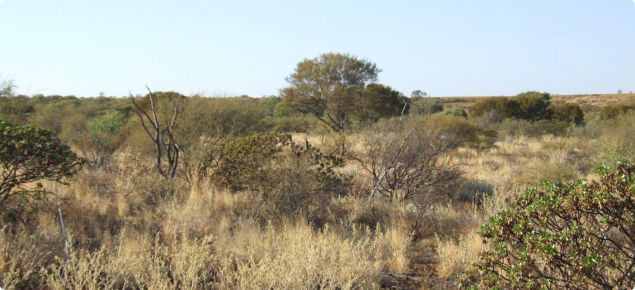How to use this survey
Inventory and condition surveys can assist people in the pastoral industry to plan for the sustainable use of natural resources and the protection of those areas suffering from degradation or at risk of degradation.
The Ashburton River Catchment was surveyed between 1976 and 1978 by A Payne, A Mitchell and W Homan. The survey was published in 1988 as Technical Bulletin 62 An inventory and condition survey of rangelands in the Ashburton River Catchment, Western Australia.
The survey report identified and described the condition of soils, landforms, vegetation, habitat, ecosystems, and declared plants and animals. It also assessed the impact of pastoralism and made land management recommendations, including recommended carrying capacities for each pastoral lease.
Survey area and inventory summary
The area surveyed covers about 93 600 square kilometres and includes the catchment of the Ashburton River and part of the catchment of the Yannarie River.
About 61 130 square kilometres (65%) of the area was occupied by 30 pastoral leases grazing sheep and/or cattle. The remainder consisted of reserves of various kinds and unallocated Crown land which are considered unsuitable for pastoral purposes.
Condition summary
The survey report provides condition statements for the whole survey area and for each land system. Pasture and soil condition was assessed at a number of points throughout the survey area. Findings at the time of the survey include:
- 64% of points were in good or very good rangeland condition
- 27% were in fair rangeland condition
- 9% were in poor or very poor rangeland condition.
The worst areas of degradation and erosion were on the most valuable pastoral lands – areas that are readily accessible, close to permanent water supplies and support palatable pastures. These areas were overgrazed in the early days of settlement, and sensitive parts are now seriously degraded.



